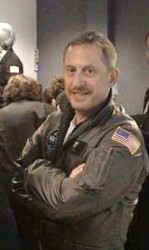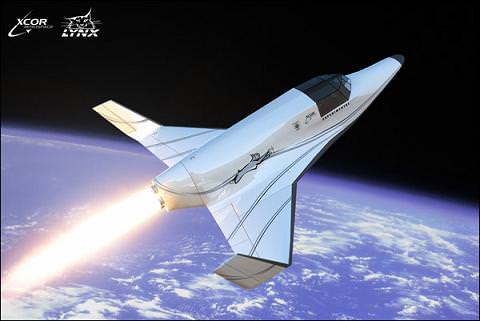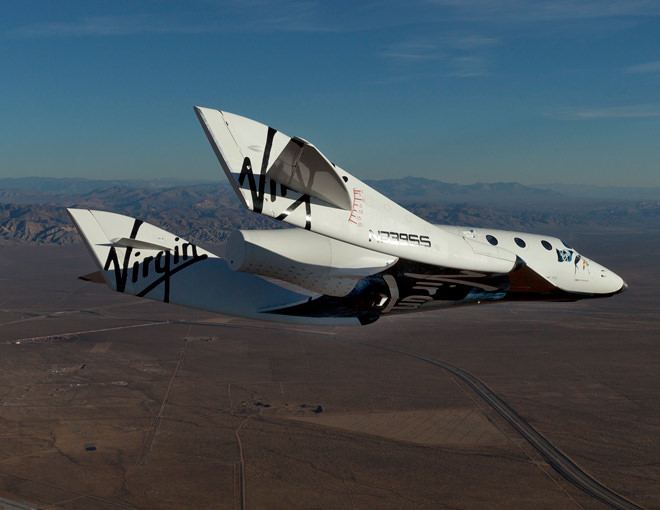[/caption]
Think again if you believe the suborbital space market is exclusively for well-heeled tourists. The Southwest Research Institute has just inked deals with Virgin Galactic and XCOR Aerospace to fly up to 17 scientific research flights. Three scientists, including Dr. Alan Stern, former head of the Science Mission Directorate at NASA and current New Horizons Principal Investigator, will become some of the first scientists to fly on a commercial spacecraft to conduct scientific research. They will fly on board Virgin’s SpaceShipTwo and XCOR’s Lynx.
“We’re another step closer to the era of routine ‘field work’ in space research,” said Dr. Dan Durda, another SwRI scientist who is scheduled to fly. “More and more researchers will soon fly with their own experiments in space, and do it regularly enough to allow the important advances that come with iterative investigations. I’m looking forward to that future and helping it become a reality.”
“We at SwRI are very strong believers in the transformational power of commercial, next-generation suborbital vehicles to advance many kinds of research,” said Stern. “We also believe that by putting scientists in space with their experiments, researchers can achieve better results at lower costs and a higher probability of success than with many old-style automated experiments.”

The spacecraft will fly on short suborbital flights to altitudes greater than 107,000 meters (350,000 feet) above the internationally recognized boundary of space.
At least two SwRI researchers will fly on SpaceShipTwo, which can carry two pilots and up to six researchers, and later, there will be a dedicated six-seat research mission SS2. SpaceShipTwo’s large cabin enables researchers to work together in an “out-of-seat” micro gravity environment.

SwRI researchers will also fly at least six high altitude missions aboard XCOR Corporation’s Lynx Mark I high-altitude rocket plane, which carries a pilot and a single researcher at altitudes up to 200,000 feet. Lynx I is currently in development, with test flights expected to begin in 2012.
The types of research planned includes biomedical, microgravity and astronomical imaging experiments.
Besides Stern andDurda, Dr. Cathy Olkin is also scheduled to fly on the research flights. All three scientists selected have trained for suborbital spaceflight aboard zero-G aircraft, in NASTAR centrifuges and aboard Starfighter F-104 jet fighters in the last year.
“This is a historic moment for spaceflight,” said Commercial Spaceflight Federation Executive Director John Gedmark. “A scientific research institution is spending its own money to send its scientists to space. I expect that these scientists will be the first of many to fly to space commercially. As the scientific community realizes that they can put payloads and people into space at unprecedented low costs, the floodgates will open even wider.”
Sources: SwRI, Commercial Spaceflight Federation

